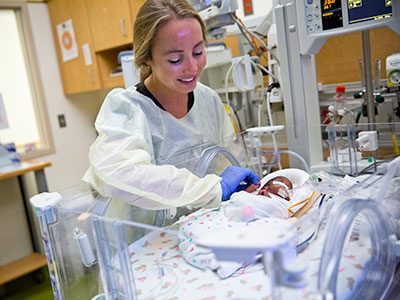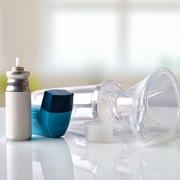Decision support tool for chest pain reduces unnecessary cardiology referrals

A new study in the journal Medical Decision Making reports how well a new decision-support tool assisted pediatricians to apply validated criteria and reduce referrals to cardiology for children with chest pain.
In 2017, cardiologists from Children’s National Hospital and other centers published criteria to reliably detect risk for cardiac disease in children presenting with chest pain. However, despite the validated criteria published more than three years ago, as many as half of the children with chest pain who are referred to cardiology from a primary care doctor continue not to meet these criteria.
In response, the cardiology and Children’s National Pediatricians & Associates (CNP&A) team developed a decision support tool based on the validated criteria that was then incorporated into the CNP&A electronic medical record. A study, Promoting Judicious Primary Care Referral of Patients with Chest Pain to Cardiology: A Quality Improvement Initiative, in the journal Medical Decision Making reports how well the tool assisted pediatricians to apply the criteria and reduced referrals to cardiology for children who do not meet criteria for consultation by a pediatric cardiac specialist.
“As stated by the Institute for Healthcare Improvement, improving the U.S. health care system requires simultaneous pursuit of three aims: improving the experience of care, improving the health of populations and reducing per capita costs of health care. Known as the Triple Aim, such improvement includes reducing referrals to specialists for conditions that could be managed in primary care. Fewer unnecessary referrals can reduce costs by decreasing unnecessary testing and specialist time and also has the potential to improve the patient experience by providing care in the medical home,” the authors note.
The study highlights the results of a focused healthcare improvement initiative that engaged pediatricians, nurses, trainees and nurse practitioners at primary care practices to implement the new decision support tool. With the tool in place, the team saw a 71% reduction (from 17% referred to 5% referred) in cardiology referrals for children presenting to cardiology who did not meet the criteria for a referral. At almost one year of follow up, the reduction in referrals based on the criteria did not lead to any missed detections of potential life-threatening events, either.
“This study shows that patients presenting with chest pain who do not meet clinical criteria for referral can be safely and confidently managed at their medical home by their primary care provider,” says Ashraf Harahsheh, M.D., director of Quality Outcomes in Cardiology at Children’s National Heart Institute, who led the study with colleagues. “Avoiding unnecessary referrals to cardiology may help prevent missed work and school days for families and children and will also make sure that the children who truly need a cardiology evaluation can be evaluated quickly.”
This collaboration between our specialty colleagues and primary care clinicians improves care for our patients by bringing an evidence-based approach to managing a condition in a manner that reduces the burden of anxiety for families by addressing their concerns in their medical home,” adds Ellen Hamburger, M.D., study co-author and medical director of the Pediatric Health Network.
After the success of the project at Children’s National Hospital in partnership with the CNP&A, the team is now in talks with UPMC Children’s Hospital of Pittsburgh and Phoenix Children’s Care Network to expand the quality improvement initiative to their primary care networks as well.
Ashraf S Harahsheh, Ellen K Hamburger, Lena Saleh, Lexi M Crawford, Edward Sepe, Ariel Dubelman, Lena Baram, Kathleen M Kadow, Christina Driskill, Kathy Prestidge, James E Bost, Deena Berkowitz. Promoting Judicious Primary Care Referral of Patients with Chest Pain to Cardiology: A Quality Improvement Initiative. Med Decis Making. 2021 Mar 3;272989X21991445. Online ahead of print. DOI: 10.1177/0272989X21991445













